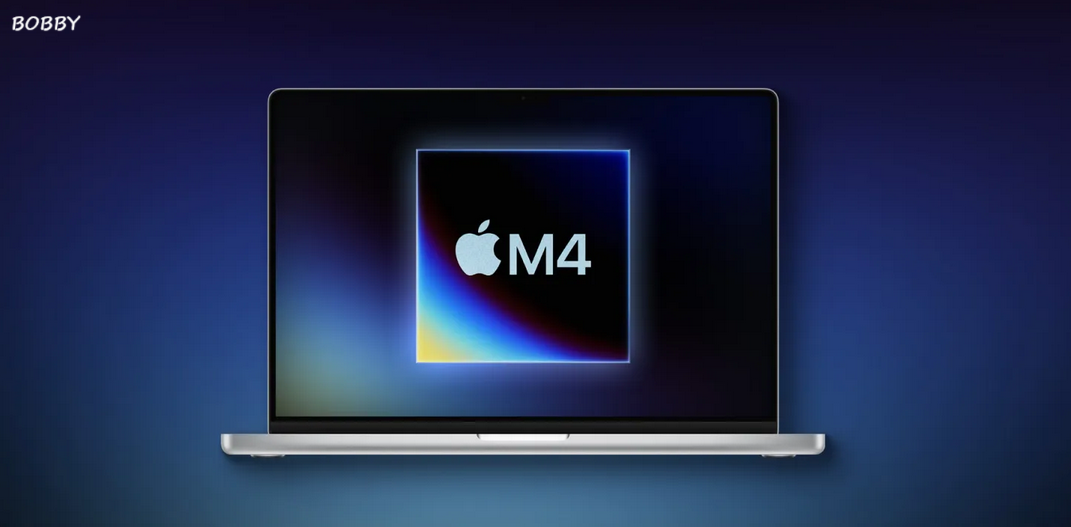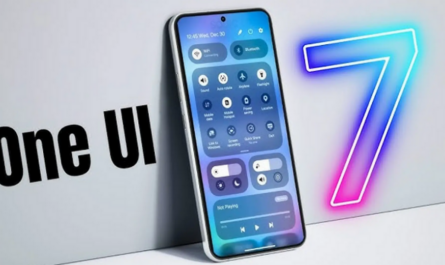Apple is rethinking how it launches products. Traditionally, the company would preview new devices in June during its Worldwide Developers Conference (WWDC) and release them three to four months later.
This schedule kept consumers excited, gave analysts insight into Apple’s plans, and helped investors anticipate new products. It also allowed for consistent sales tracking and ensured everyone at Apple understood the company’s goals.
However, with more products and complex technologies in development, Apple is now moving toward a more flexible approach. Instead of releasing products on a fixed schedule, the company plans to launch them when they are fully ready, focusing on quality over deadlines.
Why Apple Is Changing Its Approach
Several factors are driving this shift:
-
Software and hardware delays: Recent launches have been affected by technical issues. For example, the M4 iPad Pro ran into iOS 18 problems that made some devices unusable after installation.
-
Complex new products: With AI features, updated processors, and multiple device lines, sticking to a strict calendar has become harder.
-
Avoiding rushed releases: By waiting until products are ready, Apple can prevent bugs and glitches, maintaining its reputation for high-quality devices.
This strategy ensures users get fully functional devices and helps Apple manage its growing product portfolio more effectively.
Upcoming AI Features and iOS 18.1
Apple is gradually rolling out its AI suite, Apple Intelligence, which will move from beta to full release in the coming months. Some features may remain limited at first.
Key points:
-
iPhone 16 series will support Apple Intelligence.
-
iPhone 15 Pro and Pro Max will also include AI features.
-
macOS and iPadOS Sequoia updates will bring AI tools to Macs and iPads.
According to Bloomberg’s Mark Gurman, iOS 18.1 is expected to launch on October 28. More features will be added gradually through the end of 2025, ensuring a smooth rollout across devices.
New M4 Devices Coming Soon
Apple is also preparing a wave of M4-powered devices, expected to launch around November 1. These include updated MacBooks, iMacs, Mac mini models, and iPads.
Confirmed and Expected Devices:
-
14-inch MacBook Pro (low-end) with M4 processor – code-named J604
-
High-end MacBook Pro models with M4 CPUs – code-named J614 and J616
-
Mac mini with M4 and M4 Pro processors – code-named J773
-
iMac updated with M4 processor – code-named J623
-
iPad mini updated – code-named J410
In addition, Apple may launch a less powerful iPhone and an improved iPad. Some of these devices may go on sale immediately, while others could be released later in November.
Why This New Strategy Matters
Apple’s flexible release cycle offers several benefits:
-
Fewer delays and fewer bugs: Products will be released only when ready, preventing issues caused by rushed launches.
-
Better integration of AI and new tech: AI tools and new processors need careful testing. Flexibility ensures these technologies work properly on day one.
-
Responsiveness to the market: Apple can adjust release timing based on supply, demand, or competition, improving business agility.
-
Maintaining investor confidence: Previews and announcements will continue to inform investors about Apple’s roadmap, even as launch dates become more flexible.
AI and Productivity Enhancements
Apple Intelligence is set to enhance both iPhones and Macs:
-
AI features will support smarter device interactions.
-
Gradual rollout allows real-world testing and improvement.
-
Users will benefit from tools integrated into their workflow, such as personalized suggestions, smarter apps, and predictive actions.
This approach mirrors Apple’s strategy with previous software, where incremental updates allowed for smooth adoption and minimized errors.
Challenges Ahead
While the flexible approach has benefits, Apple faces some challenges:
-
Communicating timelines: Customers must understand that release dates may shift based on readiness.
-
Managing supply chains: Production schedules must align with new launch windows for multiple devices simultaneously.
-
Balancing innovation and timing: Apple must continue innovating while delivering products without long delays.
Despite these challenges, the strategy is expected to strengthen Apple’s product quality and user experience.
What to Expect in the Coming Months
From late October to early November, Apple will reveal:
-
iOS 18.1 with AI features on iPhone 15 Pro, 15 Pro Max, and iPhone 16.
-
M4-powered MacBooks, iMacs, and Mac mini models.
-
Updated iPads and iPad mini with improved performance.
These releases signal Apple’s shift toward a quality-focused, flexible launch strategy, emphasizing AI integration, hardware upgrades, and reliability over strict deadlines.
Conclusion
Apple is redefining its product launch strategy. By moving away from rigid schedules, the company can reduce delays, integrate AI features more effectively, and release higher-quality devices.
The upcoming M4 Macs, iPads, and AI-powered updates in iOS 18.1 demonstrate Apple’s commitment to innovation and user experience. With this new approach, consumers can expect better performance, fewer technical issues, and smarter devices, while Apple gains flexibility to adapt to market conditions and technological demands.
As the company transitions, the late October and early November launches will showcase how Apple is balancing innovation, quality, and timing in its next-generation products.




